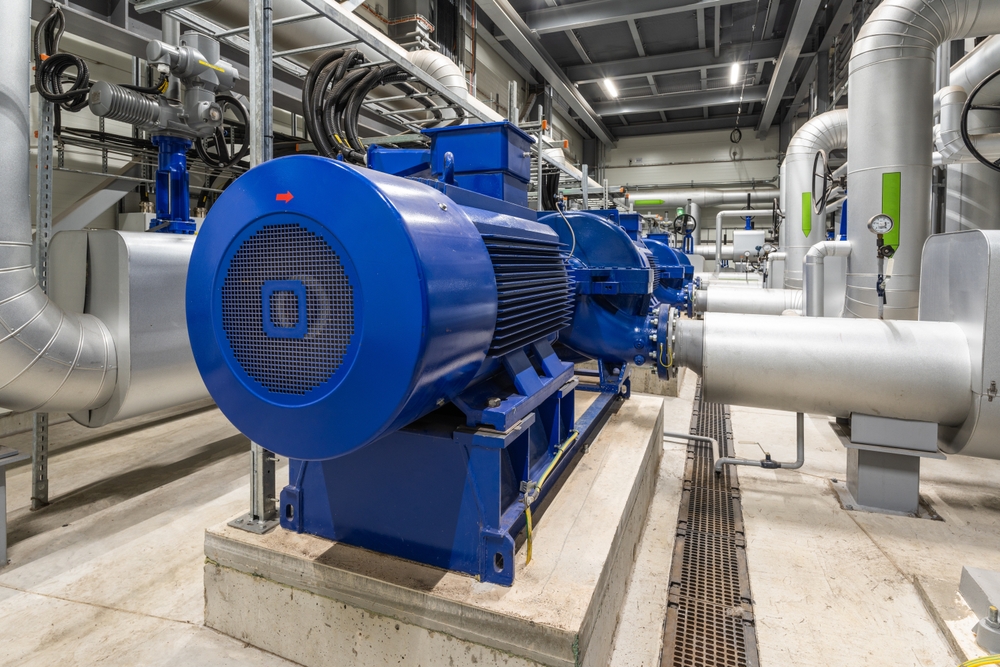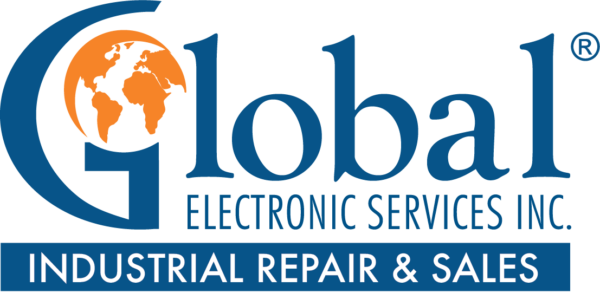6 Reasons Oversized Motors Aren’t Always a Safe Bet

When identifying motors for industrial applications, many engineers follow the “bigger is better” philosophy. The reasoning seems logical: oversized motors provide safety margins against unexpected loads, handle startup transients easily, and should last longer with less stress.
But this approach often backfires, creating efficiency problems, higher costs, and reliability issues that proper sizing would avoid. Here are six reasons why oversized motors can become expensive mistakes:
1. Poor efficiency at partial loads
Motors achieve peak efficiency when operating near their rated capacity, typically between 75% and 100% of full load. Oversized motors spend most of their operating time well below this range, running at 30% to 50% capacity, where efficiency drops significantly. A motor rated for 50 horsepower but consistently running 20-horsepower loads operates far from its optimal efficiency curve. As a result, it wastes energy every hour it runs, which adds up in utility costs.
2. Higher upfront and operating costs
Larger motors cost more to purchase, install, and operate than appropriately sized units. While the upfront cost difference might seem modest, oversized motors draw more current even at partial loads, increasing electrical demand charges and energy consumption. Installation costs also increase as larger units require heavier mounting structures, bigger electrical panels, and more substantial infrastructure.
3. Power factor problems
Motors operating significantly below rated capacity draw reactive current that doesn’t contribute to useful work but increases system losses and reduces electrical system capacity. Utilities penalize poor power factor through additional charges, forcing facilities to install correction equipment or pay penalty fees. The problem worsens in facilities with multiple oversized motors running light loads simultaneously, making power factor correction more complex and expensive.

4. Increased maintenance complexity
Oversized motors require more substantial lifting equipment for removal and installation, increasing maintenance duration and complexity. Service procedures become more involved as technicians deal with heavier components and larger mechanical assemblies, while spare parts inventory costs increase since larger bearings, windings, and mechanical components cost more and may have longer lead times.
5. Starting current issues
Motor starting current increases with motor size, creating electrical system stress that affects other equipment. Oversized motors draw larger inrush currents during startup, causing voltage dips that can disrupt sensitive electronic equipment and affect power quality throughout the facility. Electrical infrastructure must accommodate these higher starting currents through larger circuit breakers, contactors, and conductors.
6. Reduced equipment life
Operating consistently below rated capacity can shorten motor life rather than extending it. Light loading reduces the mechanical forces needed to maintain proper bearing lubrication film thickness, leading to inadequate lubrication and premature bearing wear. Oversized motors may also experience shaft current problems more frequently since light mechanical loading allows electrical currents to find paths through bearings, causing pitting and premature failure.
The bottom line is that bigger isn’t always better. Properly sized motors operate in their efficiency sweet spot, maintain better power factor characteristics, and often last longer than oversized alternatives. The safety margins that engineers seek through oversizing can be achieved through proper load analysis and appropriate service factor selection. In other words, a properly sized, well-maintained motor will achieve the optimal performance every engineer strives for.
